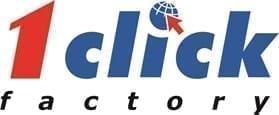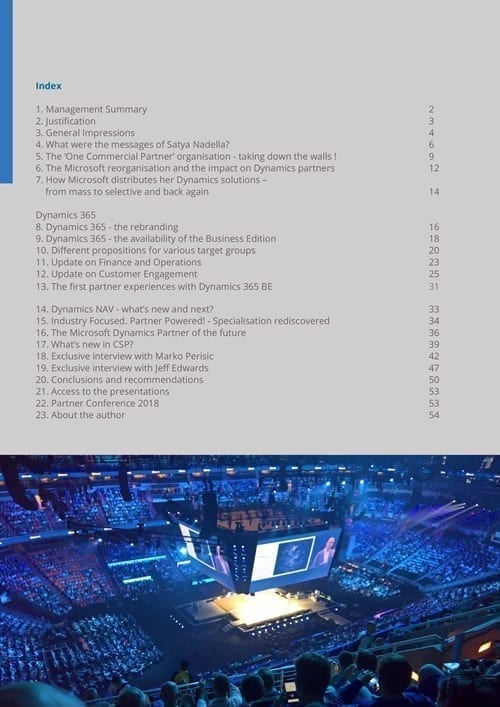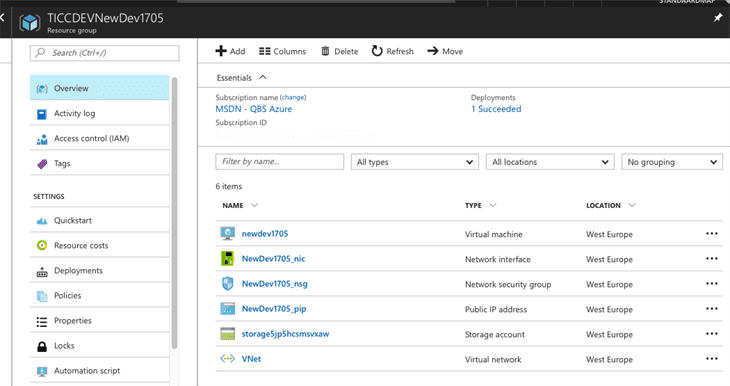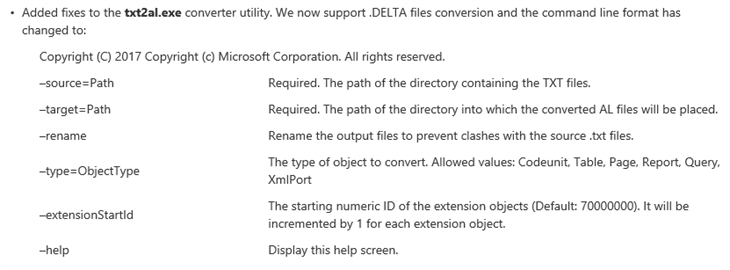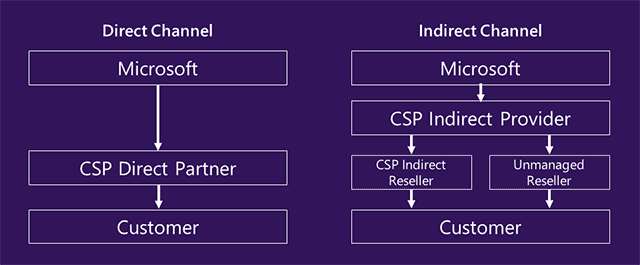Si así es, definitivamente no eres el único. Se trata de una reacción natural cuando faltan pedidos y tu canal de ventas está más seco que el desierto de Kalahari… ¡Entras en pánico!

Y un lugar natural para escapar del pánico es recurrir al marketing – esperando que por arte de magia hará aparecer nuevos clientes de la nada – ¿es así? Y, además probablemente también estás dispuesto a accionar la palanca de los descuentos para hacer que los clientes firmen lo antes posible.
Todos hemos pasado por esto- utilizamos el marketing como una especie de extintor de incendios para calmar el dolor ardiente de un negocio en llamas, para que todo el mundo desde marketing a ventas esté frenéticamente ocupado con el envío de emails urgentes- y toda la empresa se involucre a fondo en realizar acciones, sin escatimar esfuerzos.
Lo cierto es que mientras tiene lugar esta actividad frenética – es probable que el negocio se recupere lentamente – no como resultado de la reciente actividad- pero más probable gracias a las semillas plantadas meses atrás, que ahora, están germinando. Así que mientras todo el mundo exclama “uff- mantuvimos el negocio a flote con nuestra reacción rápida ” – y, todos nos preguntamos: “¿cómo es posible?”. Al fin y al cabo, eso es de lo que se trata el marketing: de que, a largo plazo eligiendo inteligentemente el momento oportuno y la audiencia a la que se dirigen los mensajes adecuados, los clientes lleguen a darse cuenta de sus necesidades y debilidades – y lenta pero seguramente volverán de nuevo a ti para pedirte consejo. Ir como un bulldozer no es la mejor estrategia.
“Bueno, pero de esta manera vamos a recoger la fruta más madura y así alcanzaremos metas más accesibles” suele ser el otro argumento.
Y sé que el término “metas accesibles” es un término muy aclamado por todos los directivos de empresas – porque ¿quién no quiere fácilmente alcanzar sus objetivos? Pero, ¿quién dice que no se pueden recoger los frutos y, al mismo tiempo, preparar el terreno para el crecimiento y la cosecha a largo plazo?
La mayoría de nosotros estamos de acuerdo con el hecho de que los clientes se encuentran inmersos en un proceso de compra, entonces, ¿por qué insistimos en generar un “momento” de venta?
Marketing implica tiempo y esfuerzo – y este trayecto se inicia con conocer tu propio negocio. Respondiendo a estas 3 grandes preguntas:
¿Dónde te encuentras actualmente?
(Quiénes son tus clientes y qué les soluciona tu producto o servicio son algunas de las preguntas secundarias que son imprescindibles para seguir avanzando en esta fase)
¿Qué actividades realizas?
(¿Tu sitio web funciona como debería? ¿Estás activo en las redes sociales, has activado campañas automatizadas … o sigues confiando en que tu equipo comercial localice clientes potenciales?)
¿Hacia dónde quieres dirigir tu empresa?
(Imagina tu empresa dentro de 2, 5,10 años – ¿hasta dónde quieres llegar?)
Esta fase te aportará la información necesaria para tomar las decisiones correctas y así, que las acciones de marketing apoyen tus objetivos estratégicos, y no sólo la actividad de una organización dirigida por el pánico. Invita a los representantes de cada departamento de tu empresa y realiza distintas reuniones para evaluar y establecer una estrategia de marketing para tu negocio – de esta manera contemplas las necesidades de todos los departamentos de tu empresa para obtener un mejor servicio para tus clientes – y obtener un plan concreto para trabajar. Revisa el ejemplo de la agenda del workshop de marketing estratégico:
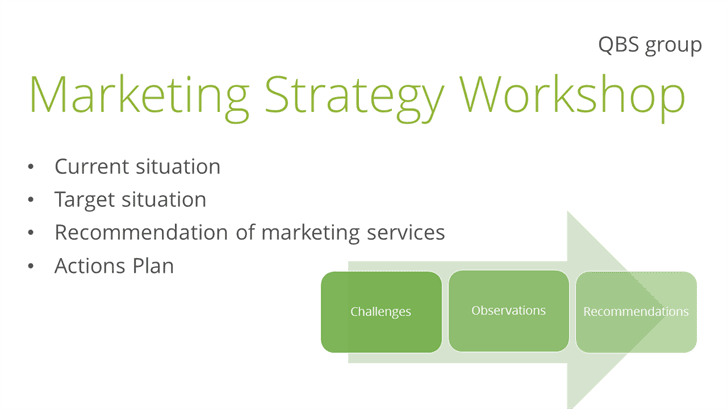
La definición y la implementación de un plan de marketing que apoya tu estrategia a medio y largo plazo también evitar tomar decisiones ‘deseperadas’ en el último momento para seguir las últimas tendencias del marketing – eso que todo el mundo te dice que es una situación de: Adoptar o morir … Porque si esta nueva tendencia no apoya sus objetivos estratégicos, entonces probablemente no es adecuada para potenciar tu negocio.
Invertir el tiempo necesario para implementar vuestro plan de marketing compensará de muchas maneras – no invertirás el presupuesto de marketing a ciegas, y podrás ajustarlo, en el caso de que no obtengas los resultados que habías proyectado en el plan – porque en todo momento sabrás lo que estás haciendo – y por qué.
Una vez realizado el duro trabajo de definir correctamente tu estrategia de marketing y estén establecidas las acciones más apropiadas para apoyar tu negocio a largo plazo, entonces, siempre tendrás espacio para presionar el botón de pánico ocasionalmente, ya que todos sabemos que no se puede evitar de vez en cuando ….
Si necesitas ayuda para iniciar este proceso o para agilizarlo, ponte en contacto con el QBS group. Contamos con amplia experiencia en ayudar a nuestros partners a reflexionar sobre el crecimiento de su negocio y la estrategia de marketing. Contacta con nosotros a través de marketing@qbsgroup.com y nos pondremos en contacto contigo de inmediato.
PD. Esta estrategia también es aplicable para las empresas que comercializan commodities, aunque se pueda pensar que las actividades de marketing a corto plazo ya cumplen con este propósito, aquí se puede argumentar que las actividades de marketing a corto plazo a veces cumplen con su propósito, ya que tienen ciclos de venta y ciclo de vida del producto más cortos. Sin embargo, si tu negocio son las soluciones empresariales las acciones de marketing a corto plazo, nunca son la mejor opción.

